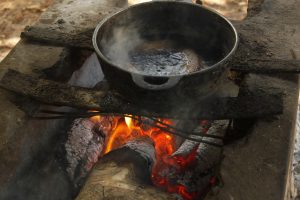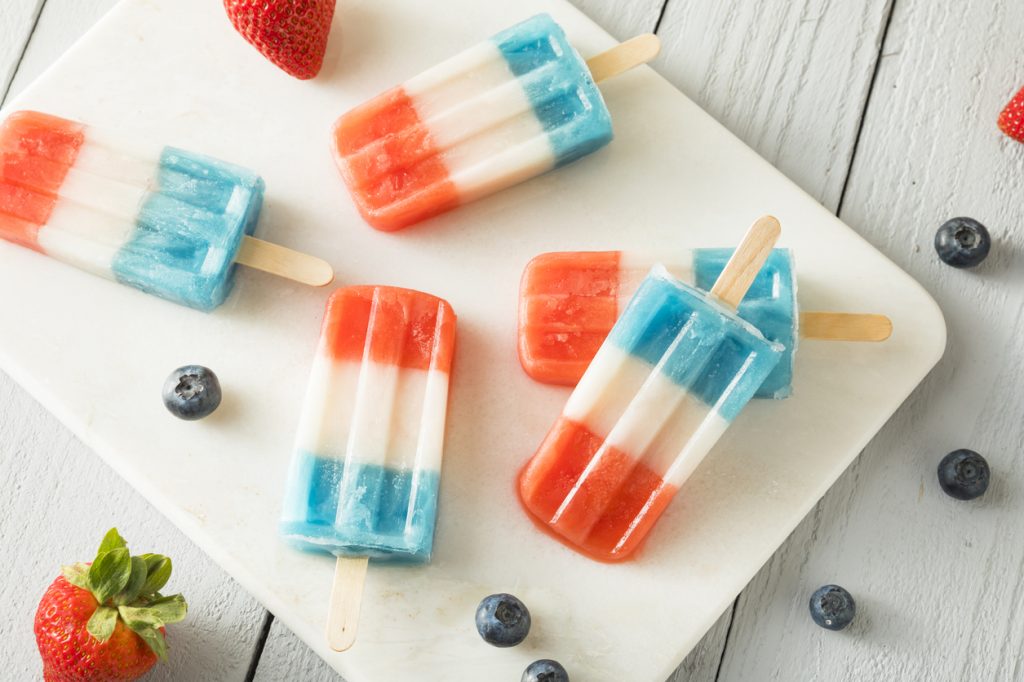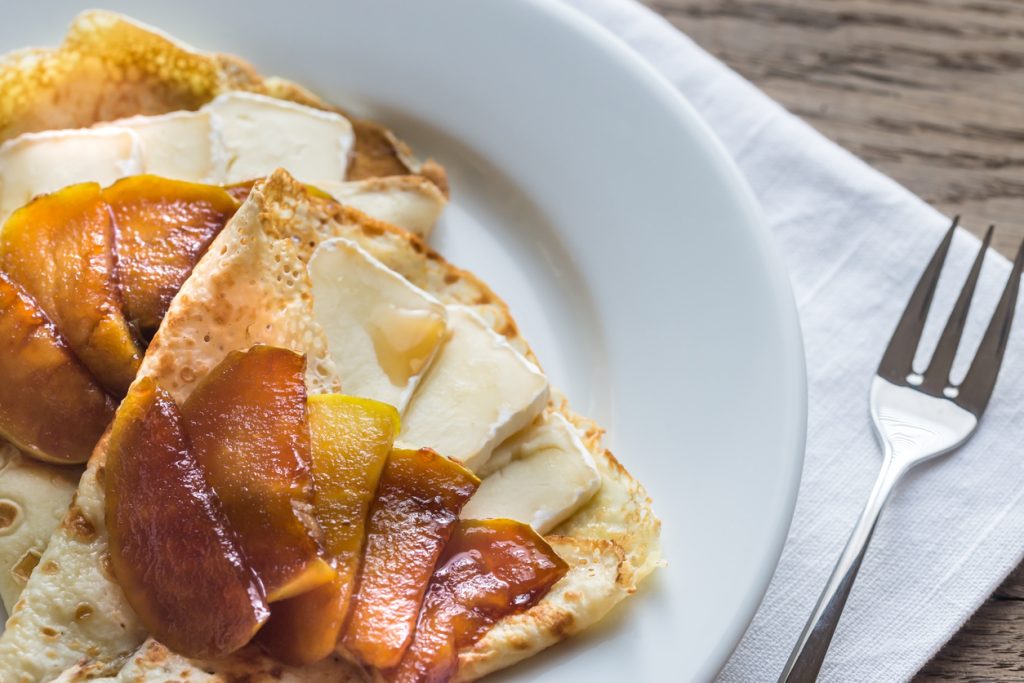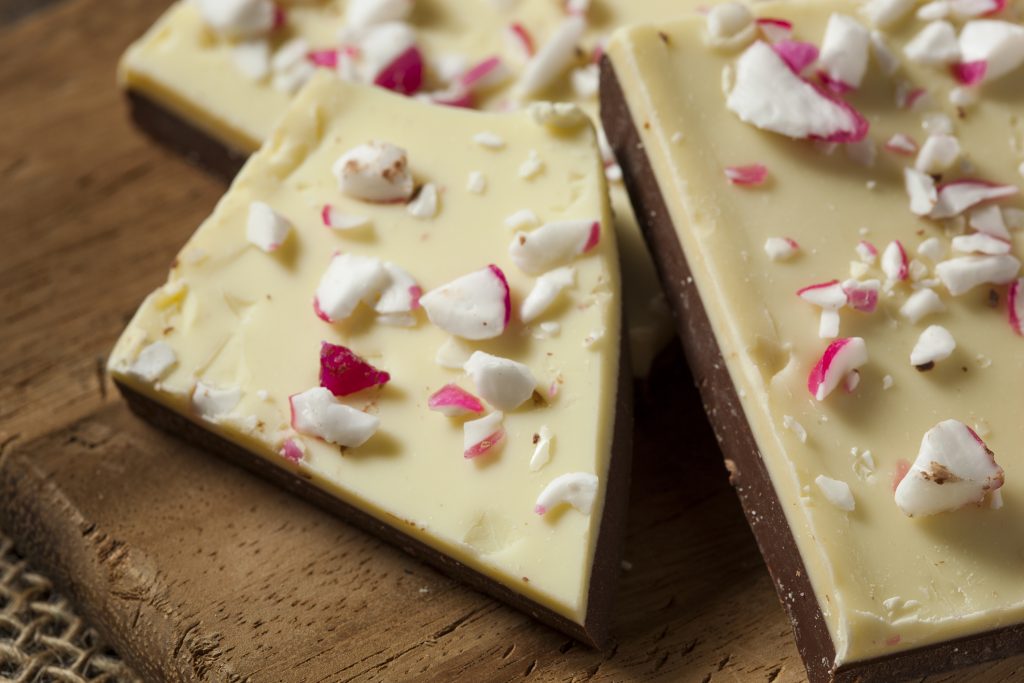Articles Tagged with recipe
How to Make the Ultimate Fourth of July Popsicle
What better way to beat the heat this July than with patriotic popsicles? If you want to really knock the socks off your neighbors though, you can’t settle for store bought. But of course, that’s why you’re here.
Don’t let the title mislead you – today I’m bringing you not one, but twelve popsicle recipes. Because today’s blog isn’t just about making a Fourth of July popsicle, it’s about making the ultimate Fourth of July popsicle. I’m talking a popsicle that bleeds melts red, white, and blue.
Ready to pick some flavors? Let’s start off with white.
7 Easter Activities That Will Delight the Kids
Venn CrawfordEaster is just around the corner! Pastels, bunnies, and eggs are the order of the day this weekend, and I’ve collected some DIY Easter crafts, activities, and recipes to help you spice up your celebrations this year. And with the long weekend from Good Friday, you’ve still got plenty of time to try these out with the kids!
Origami Paper Bunnies
These origami bunnies are adorable! All you need is printer paper cut into squares, and you’re on your way to a whole family of them. Because they’re made from plain white paper, your kids can decorate the bunnies as well as their Easter eggs. Alternatively, you can let your kids decorate the paper before folding the bunnies, so that the final product is a surprise.
Slow Cooker Carnitas Recipe
Venn CrawfordI made these crispy slow cooker carnitas recently, and they are incredible! Carnitas weren’t something I’ve made before, but I’m proud of how they turned out!
The biggest challenge of the carnitas was maneuvering the hefty pork shoulder. I trimmed quite a lot of fat off of it, which I saved to render later. After trimming, I rubbed the pork with a Mexican-inspired spice blend that included cayenne, cumin, oregano, and chili powder. With my trusty cast-iron pan over high heat, I seared the pork in bacon grease to lock in the flavor. This was an interesting thing to watch – the shoulder was far too big for tongs, so I had to keep turning it by hand in the pan.
I loved how simple it was to slow-cook the pork. Some onion, green chiles, bay leaves, and garlic joined the pork in the pot. After pouring chicken broth and a bit of lime juice over the mix, I set the slow cooker for 10 hours and went to work on other things.
National Pie Day (and recipes to celebrate with)!
Venn CrawfordCake or pie? Most people seem to prefer one or the other, but that doesn’t matter today – it’s National Pie Day!
One of the world’s first recorded recipes was a meat pie made in Sumer over four thousand years ago. Sweet pies were made in Egypt as well, and can be seen depicted on the walls of Rameses II’s tomb. These pies weren’t much like the pies we know today, though. They were flat, round cakes, with a crust made of ground grains. Because there was no sugar in the fertile crescent, the pies were sweetened with honey and dates instead.
It was the Ancient Greeks who developed what we know as the pie pastry. Their knowledge then spread to the Romans, who served small pies with birds and eggs in them at banquets. As the Romans began to trade and spread, they took their pies with them, solidifying their place as a staple pastry.
Apple Brie Crepes Recipe
Venn CrawfordSnow is everywhere in Greensboro right now! What better way to enjoy the cold than with some warm apple brie crepes? These crepes feature tender apple slices caramelized in butter and topped with melted brie.
Making apple brie crepes starts with the prep. First, I make my batter. Then I get the apples ready, as they need to cook the longest. I recommend cutting the apples in half, peeling them, and then slicing them.


After the apples are sliced, melt the butter in your pan and start softening them. They cook faster when covered, but you need to keep an eye on them and stir them often. While cooking the apples, I usually start making the crepes.
Tastes Like Christmas: Easy Peppermint Bark Recipe
Venn CrawfordPeppermint is one of the most iconic tastes of the holidays, nipping at us with the same frost as the winter air. We usually see peppermint in the form of candy canes during the holidays. I remember as a child, we used to eat candy canes like lollipops. We tried so hard not to bite into them because we knew that if we did, they wouldn’t last long.
Though we see candy canes as an emblem of Christmas, they were originally just made to keep kids quiet. Back in 1670, the children at achurch in Germany kept making noise during a Christmas ceremony, frustrating their choirmaster to no end. The choirmaster, having given up on discipline at this point, asked a local candy maker to make sugar sticks for the kids. If they’re busy eating candy, they can’t talk, right? Obviously giving kids candy just to shut them up doesn’t look great, so the choirmaster had the candies made to look like shepherd’s crooks. This way the kids were quiet, and he could pass the candies off as a reminder of the shepherds that visited Jesus during Christmas.
Chocolate’s another iconic holiday taste. Nothing makes you feel quite as festive as a cup of hot chocolate heaping with whipped cream. Hot chocolate itself wasn’t originally a holiday treat, though – it has its origins in Latin America, where the Mayans made a cold chocolate drink with chili peppers in it. Hot chocolate as we think of it today wasn’t invented until the 17th century. During the chill of winter, sweet hot chocolate was bound to be a success, so it’s no surprise that it became a holiday tradition.
Thanksgiving Soup
Venn CrawfordTomorrow is Thanksgiving! One story I have been thinking about regarding giving is the story of Stone Soup. The story is an ancient narrative, and the details vary depending on which country’s version you hear. In some, the main character is a gypsy, in others, a soldier. But no matter where your version of the story is from, it goes something like this:
A traveling soldier, hungry, homeless, and with nothing to his name save creativity and a cooking pot, happened upon a village. A river wound through the countryside, bordering the village on one side. Hungry, the soldier walked down to the banks, filled his pot with river water, and placed a single stone from the riverbed into the water.

The soldier built a fire by one of the main paths to the river and began to cook his stone. The fire licked up at the bottom of the pot, heating the stone and forming tiny bubbles along the iron beneath it. As the stone began to boil, a villager traveling to the marketplace stopped to greet the soldier.
Thanksgiving Recipe Spotlight: 5 Recipes Sure to Impress
Venn CrawfordThanksgiving is next week, and if you haven’t started planning your meal, it’s definitely time to start. If you’re short on ideas or tired of making the same thing, that’s ok! I’ve gathered some of the best Thanksgiving recipes for you to wow your friends and family with at dinner. I’ve also added tips to help you cook faster, tastier, and healthier.
Bon appetit and happy Thanksgiving!

Au Gratin Potatoes with Gruyere Cheese
Massaged Kale Salad with Dried Cranberries and Country Ham
Venn CrawfordI know that kale has spent some time as a fad food, but I have to admit that I’m sold on it. I’m not crazy about kale by itself, as it tends to be a bit bitter, but this massaged kale salad is incredible. You can make it with any kind of kale, but my favorites are the deeper green varieties, such as Tuscan kale.
Massaged kale salad unsurprisingly starts out with kale. Make sure to rinse it well. Tear the leaves off the stems and break them into small pieces, setting them aside in a bowl. Add the lemon juice and salt, and massage the kale as if you’re kneading bread. As you massage it, the kale should start to break down and become darker in color. Depending on your hand strength, this can take several minutes.
Once the kale has been massaged with the lemon juice, drizzle it with a bit of olive oil and massage for another minute. You don’t want to add too much olive oil here, though. If it creates a noticeable pool in the bottom of the bowl, it’s too much.
 Ask Carolyn
Ask Carolyn













